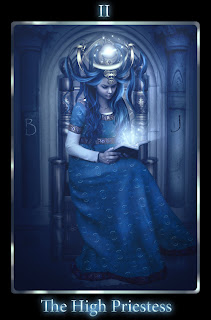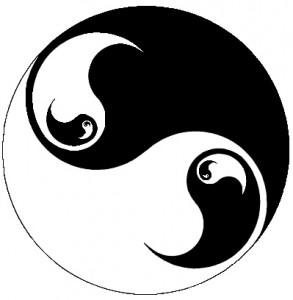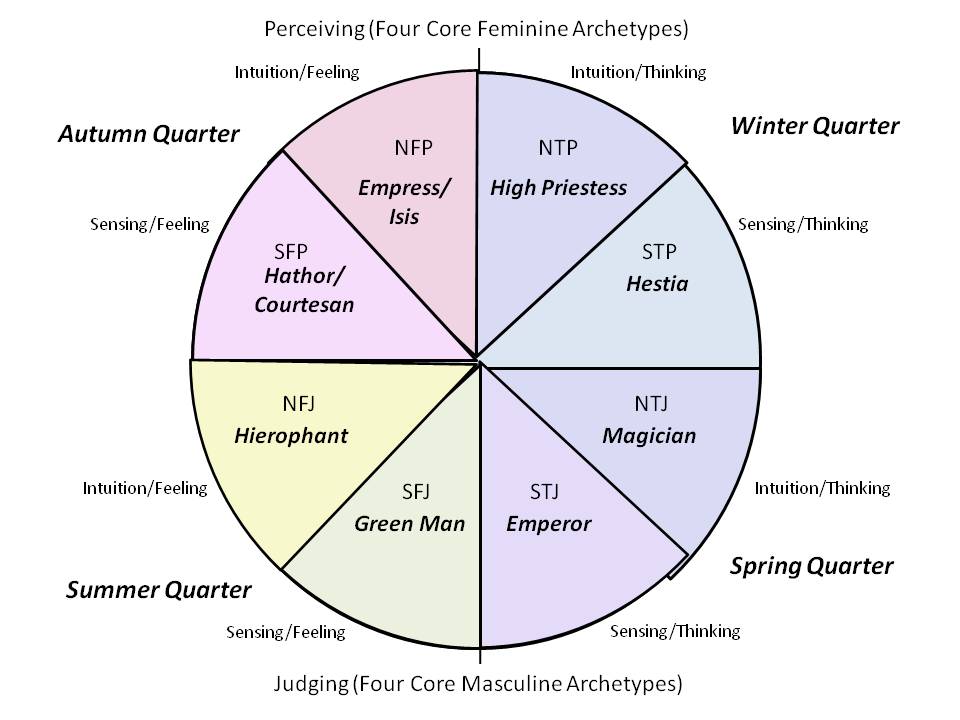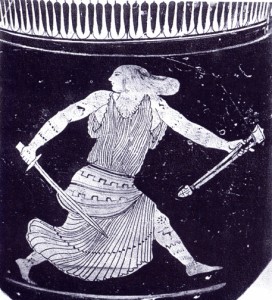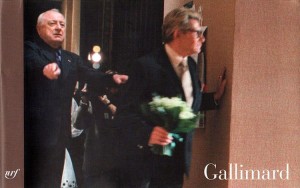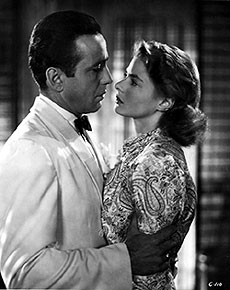Why We Need Some “Hestia Time”
It Was More Than “Just Winter”
Shortly after Thanksgiving, my father died. This, of course, was the “tipping point.” But it was one event on top of several.
Within a single week, one housemate – someone with a severe medical condition – went into the hospital. Another, newly moving in, announced that she had quit her new job, would be unable to pay her security deposit, and would likely not have the next month’s rent. Then, a tooth condition flared up, and it looked as though I’d need an emergency root canal.
Within another week, a housemate (yes, the same one who couldn’t pay security or rent) lit a fire in the fireplace. The flue was open, but it was cold – and she started up a fire of magnificent proportions. Naturally, the smoke went into the room, instead of up the cold chimney flue. We had smoke throughout, as never before. I was faced with the somewhat daunting task of repainting the entire living room.
This combination – of grief over my father’s passing, of simply too much stress from external events, and the onset of winter – kicked me firmly into a combination of High Priestess and Hestia modes.
High Priestess and Hestia – Two Natural Complements
Our High Priestess, as we know, is our contemplative and intuitive mode. This is where we take a spiritual retreat, or even just take a long walk. We need our High Priestess to find the “calm spot” within ourselves.
Our High Priestess is a necessary complement to our visionary, creative Magician mode. Without some reflective time, we find it difficult to tap into our inspirations and creativity. This is why our High Priestess is the second major archetype we encounter in our first adult life journey. Within the Major Arcana of the Tarot, she is Card II, and immediately follows the Magician (Card I).
Since our High Priestess plays such an important role in our lives, we often miss the important corollary of our Hestia mode.
Hestia – Our “Hearth and Home” Goddess
Hestia image created by Katlyn Breene, permission requested.
She [Hestia] is the Goddess of the hearth flame and temple flame, and at every public or private ritual, the first offering was always made to her. Upon marrying, a new bride would carry fire from her mother’s home to the new, symbolizing the Goddess’s presence blessing her new family. Hestia is the symbol of the sanctity of home, of home as temple and refuge, and of the fire of life contained within each place that honors her. (Text from Lunaea.)
“Mend, Tend, Befriend”: How Women Deal with Stress
Shelley E. Taylor, Ph.D., has led breakthrough research uncovering how women’s typical stress-responses are different from men’s. In her book, The Tending Instinct, she found that “tending and befriending” behaviors – those that involve bonding – are part of women’s natural responses to stress. However, it was also Taylor who coined the phrase “mend, tend, and befriend.” The “mending” part, and also our “tending,” may refer to our physical environment as well as our emotional landscape.
Emotional bonding behaviors – whether caring for a child, a husband, a friend, or a pet – or even having lunch with girlfriends or phone call with a long-distance sibling or friend – help to produce oxytocin. Oxytocin is a “feel-good” neurohormone, and is important in many aspects of our lives. However, to “feel good,” we also need other hormones. Dopamine helps us to feel the zest and juiciness of life, and serotonin is soothing and calming.
Archetypes and Neurohormones: A Strange and Useful Relation
Although it is very simplistic, we can make an “overarching” correlation between certain of our archetypes and the brain “states” that we wish to induce with each of these archetypal modes.
- Empress – our “tend and befriend” mode – strongly correlated with oxytocin-inducing behaviors,
- High Priestess – intuitive and contemplative – and least well-understood in terms of neurohormonal correlates, but most likely linked to anything that is serotonin producing (and hence the strong association with the Hestia archetype)
- Hestia – the “mend” part of our “mend, tend, and befriend” stress-coping strategies – less emotionally-connected than Empress, and much more focused on the “calming” (serotonin-producing) activities of cleaning house, mending items, and generally keeping order, and
- Hathor (the Love Goddess) – focusing on sensual pleasure, love and romantic passion – a “dopamine-focused” (feeling exuberant and ecstatic) archetype.
Hestia and House-Cleaning: Breaking Through the Winter Doldrums
Alana Morales, writing for the online Mommie’s Magazine, shares that house-cleaning helps relieve stress. She’s not alone in this, as even the Mayo Clinic offers activity (such as house-cleaning), as a means of stress reduction.
Laura, a writer for Radiant Recovery, describes how she found that house-cleaning helped her to reduce stress . A friend and colleague pointed out the relation between cleaning, stress reduction, and seratonin.
She wrote:
That when OCD gets really bad you can not stop the need to clean that one spot on the table or keep washing your hands or organizing the silverware drawer or whatever.
And, here is the kicker, she said how do you feel after you clean or neaten the things up that bother you? I thought for a moment and said, I feel much , much better. A sense of relief…and calm.
She said that is because you just got some serotonin. The act of cleaning, or repetitively doing something calms you down which produces a small amount of serotonin.
Women, Stress, and Serotonin
For women, stress, depression, and serotonin levels are often linked.
We can, to some extent, improve our serotonin levels with certain kinds of foods, with exercise (which produces endorphins), and with sufficient sleep and even light-boxes (during winter).
Upcoming: Hestia Strategies
In the next blogpost, I’ll share how we can consciously invoke the Hestia archetype into our lives, calling upon the “sacredness” of house-cleaning – of deliberately using our “mend and tend” instincts – to help us deal with stress. This can even help us deal with more difficult situations – such as sharp emotional life-changes, including major losses and transitions.

